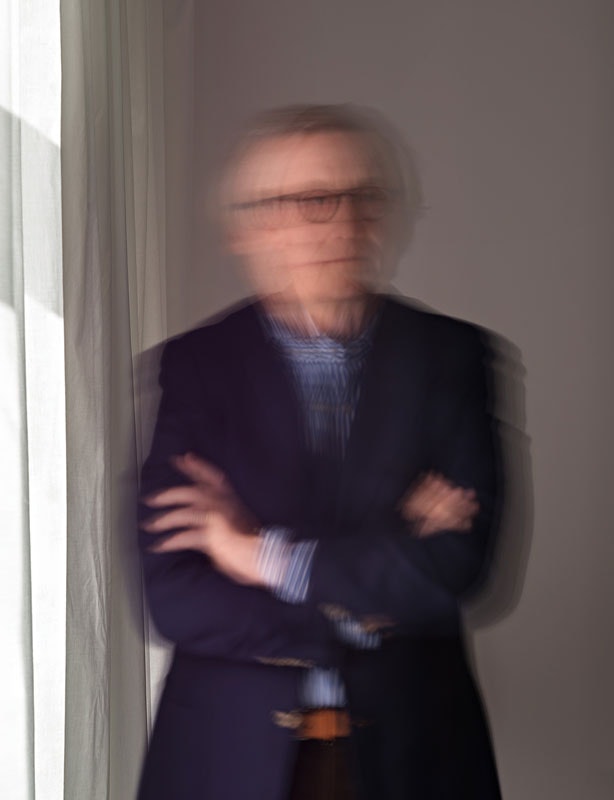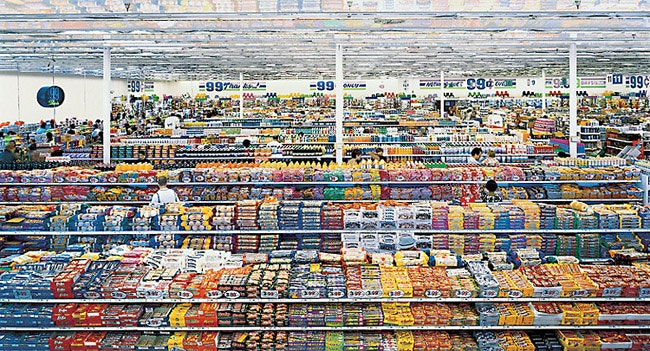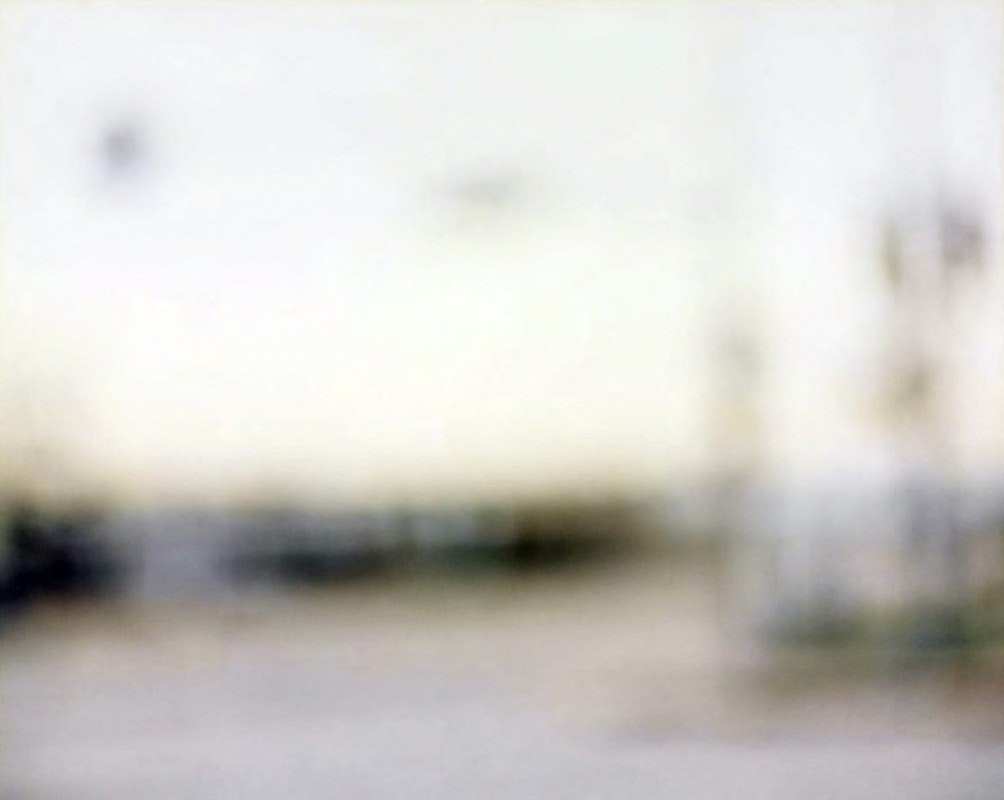Because of that, the gallery’s roster included classic image-makers of the time (such as Harry Callahan, Frederick Sommer, Aaron Siskind, and Andre Kertesz) and some of the provocateurs of the moment (including Robert Heinecken, Duane Michals, Mark Cohen, and Garry Winogrand). While the list of artists reflected, to a large extent, the straight, white and male photography world of its time, LIGHT also promoted the work of young and unknown artists. In the two and a half years I worked there--and before I went on to organize very different kinds of photographic exhibitions and projects for Castelli Graphics--we mounted the first gallery exhibitions of work by Stephen Shore, Jan Groover, and Robert Mapplethorpe, to name a few.





